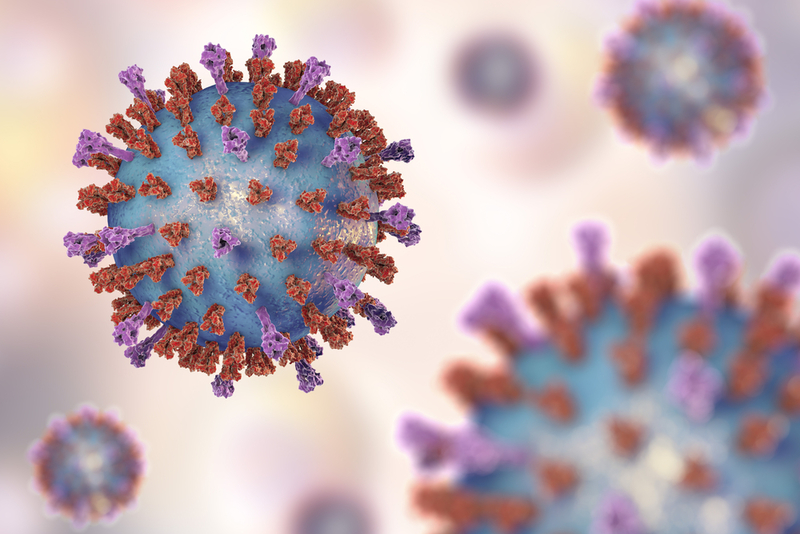Respiratory Syncytial Virus - a leading cause of respiratory disease globally
UNI Feb 21, 2019
Respiratory Syncytial Virus (RSV) is a leading cause of respiratory disease globally.

The virus causes infections at all ages, but young infants have the highest incidence of severe disease, peaking at 1–3 months of age. By 2 years of age, virtually all children will have been infected. Signs and symptoms of respiratory syncytial virus infection most commonly appear about four to six days after exposure to the virus. In adults and older children, RSV usually causes mild cold-like signs and symptoms. These include: Congested or runny nose, Dry cough, Low-grade fever, Sore throat and Mild headache
Respiratory syncytial virus infection can spread to the lower respiratory tract, causing pneumonia or bronchiolitis — inflammation of the small airway passages entering the lungs. Signs and symptoms may include: Fever, Severe cough, Wheezing — a high-pitched noise that's usually heard on breathing out (exhaling), Rapid breathing or difficulty breathing — the child may prefer to sit up rather than lie down and Bluish color of the skin due to lack of oxygen (cyanosis)
Infants are most severely affected by RSV. During this period, child's chest muscles and skin pull inward with each breath. This is a sign that he or she is struggling to breathe. Other signs and symptoms of severe RSV infection in infants include: Short, shallow and rapid breathing, Cough, Poor feeding, Unusual tiredness (lethargy) and Irritability
Most children and adults recover in one to two weeks, although some might have repeated wheezing. Severe or life-threatening infection requiring a hospital stay may occur in premature babies or infants and adults who have chronic heart or lung problems.
-
Exclusive Write-ups & Webinars by KOLs
-
Daily Quiz by specialty
-
Paid Market Research Surveys
-
Case discussions, News & Journals' summaries